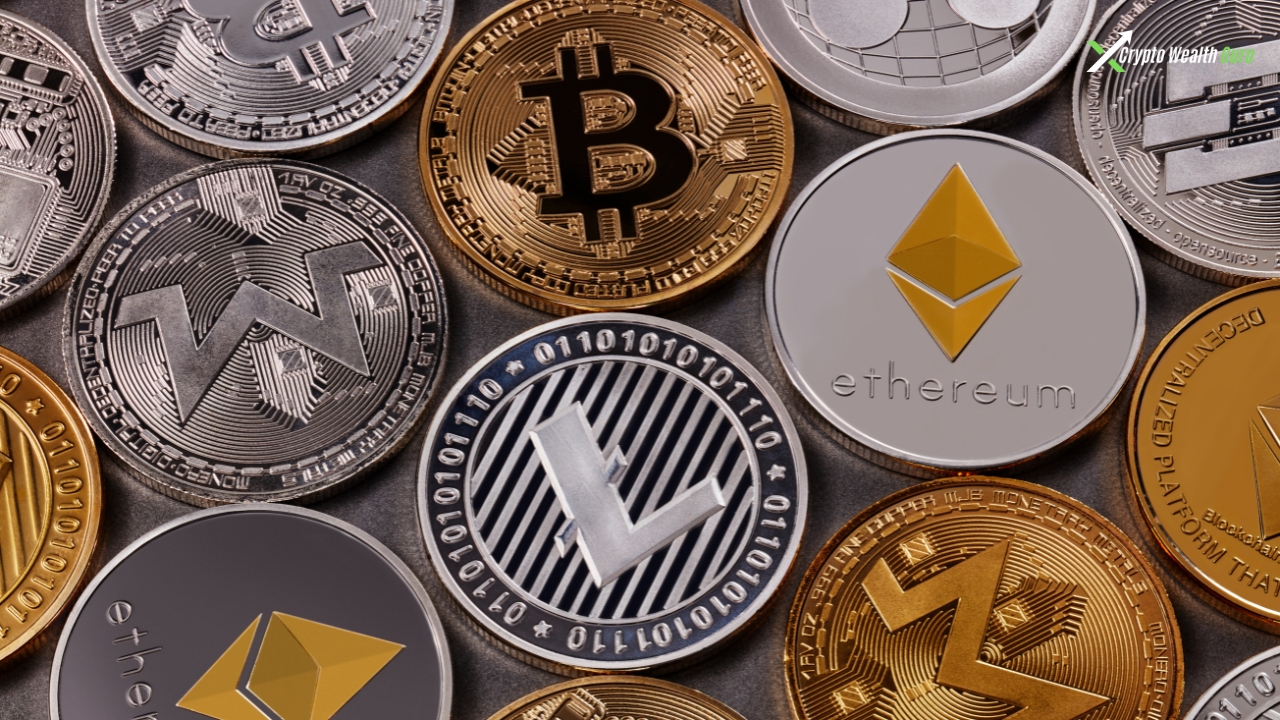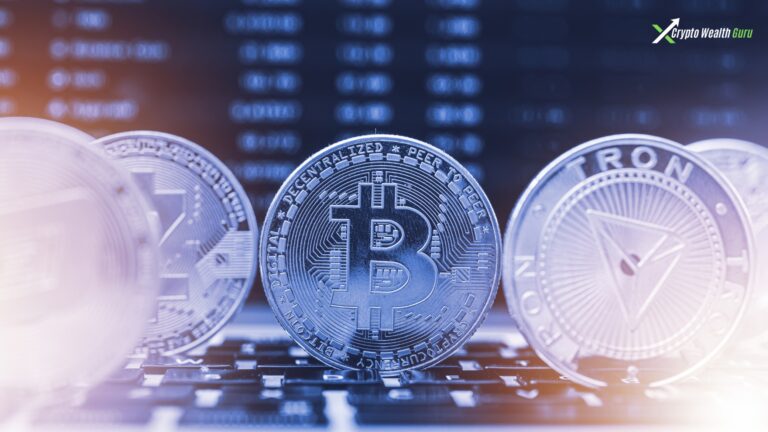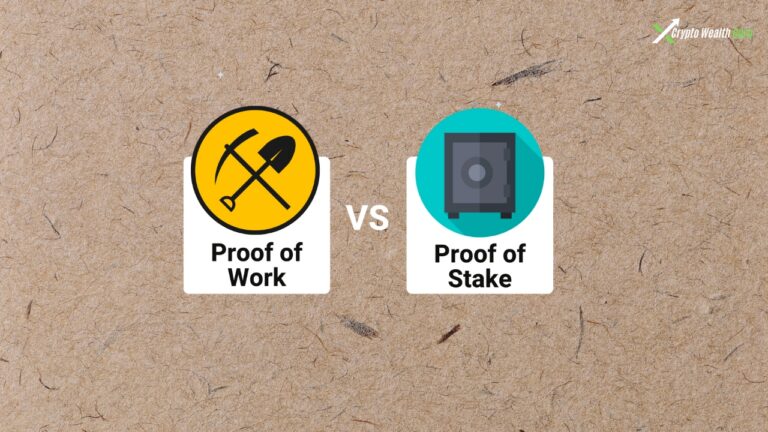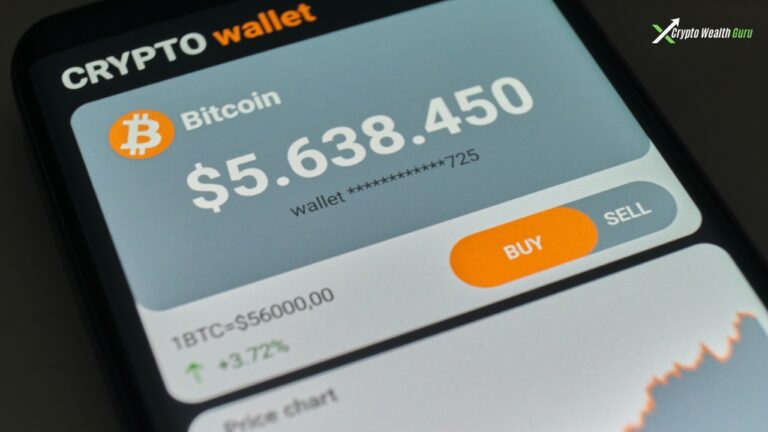What Is Cryptocurrency? A Beginner’s Guide to Digital Money
So, you’ve heard the word cryptocurrency tossed around—maybe at a dinner party, in your social feed, or while scrolling through Netflix’s latest documentary about Bitcoin. But, let’s be honest here, you might still be wondering, “What the heck is cryptocurrency?” 😅
Don’t worry, you’re not alone. Many of us have been there, trying to wrap our heads around this seemingly futuristic and complex topic. Well, grab your favorite beverage (mine’s coffee, but you do you) because I’m about to explain it to you in simple terms. No jargon, no techy lingo—just the real deal. Let’s dive in!
What is Cryptocurrency?
At its core, cryptocurrency is just digital money—but with a twist. Unlike your usual dollar bills or coins that you keep in your wallet, cryptocurrencies live in a completely digital world. They don’t exist physically. You can’t touch them (no matter how much you want to hold a Bitcoin token in your hand, sorry 😜).
Here’s the interesting part: cryptocurrencies are decentralized. This means that no central authority, like a bank or government, controls them. Instead, they rely on technology (specifically, a thing called “blockchain”) to ensure transactions are secure and transparent.
How Does Cryptocurrency Work?
I know what you’re thinking: “Wait, no central authority? How does it even work without a bank?” Trust me, this is where things get cool. Here’s a breakdown:
Blockchain Technology
This is the backbone of most cryptocurrencies. Picture it like a digital ledger or a public diary that records every transaction ever made. Everyone can see the entries, but no one can alter them. It’s as close as you can get to a tamper-proof system in the digital world.
To make this even simpler, imagine a book where everyone writes down what they buy or sell. Once it’s written down, it’s permanent. No changes allowed. This ensures that transactions are secure and transparent—a major perk of cryptocurrency.
Mining and Transactions
Now, when you want to send, say, 1 Bitcoin to a friend, the transaction is broadcasted to the network of miners (they’re just super powerful computers solving complex puzzles). Once these miners confirm the transaction, it gets added to the blockchain.
In exchange for this work, miners get a reward—which is how new cryptocurrency gets created. So, every time someone sends a Bitcoin or Ethereum, it’s not just a transaction; it’s also helping create new currency.
Types of Cryptocurrencies
By now, you’re probably wondering, “Okay, so what kinds of cryptocurrencies are out there?” Well, my friend, the digital currency world is vast and growing. While Bitcoin (BTC) is the most famous one, it’s far from the only player in the game.
Bitcoin (BTC)
The original cryptocurrency and still the biggest and most valuable. It’s often referred to as “digital gold” because of its limited supply and its potential as a store of value.
Ethereum (ETH)
Ethereum is not just a currency. It’s a platform that allows developers to build decentralized applications (dApps). The currency used on this platform is called Ether, and it’s also widely used, especially for things like smart contracts.
Litecoin (LTC)
If Bitcoin is the big brother, Litecoin is like the cool younger sibling. It’s designed to be faster and cheaper to use, making it a popular option for everyday transactions.
Ripple (XRP)
Ripple isn’t just a cryptocurrency; it’s also a payment protocol used by banks and financial institutions. It’s designed to help transfer money across borders with low fees and fast speeds.
Altcoins
This term is used for any other cryptocurrency besides Bitcoin. So, anything that’s not Bitcoin (like Dogecoin, Cardano, and others) falls under this umbrella.
Why is Cryptocurrency So Popular?
Let’s take a moment to appreciate just how much hype surrounds cryptocurrencies these days. And, no, it’s not all because of Bitcoin’s wild price swings (though, seriously, those price jumps get people talking). Here’s why people are so into it:
Decentralization
Remember how we talked about decentralization earlier? This is one of the main reasons cryptocurrency has such a dedicated fanbase. No middleman means you don’t have to pay extra fees to banks or governments. Plus, it gives people in countries with unstable economies an alternative currency that they can trust. Pretty cool, right?
Security and Transparency
Thanks to blockchain technology, all cryptocurrency transactions are public and immutable (meaning they can’t be changed or tampered with). If someone tries to mess with the system, the whole network will reject it. So, in a way, it’s safer than traditional banking.
Potential for Huge Gains
Who wouldn’t want to get in on the action after hearing stories of people becoming millionaires by investing in Bitcoin early on? 😱 While this is definitely not a guarantee, the potential for big returns has lured many investors.
Risks and Concerns with Cryptocurrency
Alright, before you throw all your savings into the next big altcoin (I see you, Dogecoin fans 😉), let’s talk about the risks:
Price Volatility
Sure, it’s thrilling to watch your crypto portfolio skyrocket, but it can also crash just as fast. Cryptocurrencies are known for their extreme price swings, so make sure you’re ready for the ride.
Security Concerns
Despite the blockchain being pretty secure, crypto exchanges (where people buy and sell their coins) have been hacked before. Always use caution, and never share your private keys (the passwords to your crypto wallets). Trust me, losing your coins to a hacker is not fun.
Regulation and Legal Issues
Cryptocurrency is still a grey area when it comes to government regulation. Some countries have embraced it, while others have cracked down hard on it. Make sure you know the legal implications in your country before you start trading.
How Can You Get Started with Cryptocurrency?
So, now that you know what cryptocurrency is and why it’s so popular, you’re probably wondering how to get started. Here’s a simple guide to kick things off:
Step 1: Choose a Crypto Wallet
First, you’ll need a place to store your crypto. There are two main types of wallets: software wallets (apps or online platforms) and hardware wallets (physical devices like USB drives). Think of it like choosing between a locker and a safe.
Step 2: Pick a Crypto Exchange
Next, you need to pick a platform where you can buy and sell crypto. Some popular options include Coinbase, Binance, and Kraken. These exchanges let you trade traditional money (like USD) for cryptocurrency.
Step 3: Make Your First Purchase
Once your wallet and exchange are set up, it’s time to buy your first cryptocurrency. You can start small, even with just a few dollars, and build your portfolio over time.
Step 4: Keep Track of Your Investment
After you’ve made your purchase, keep an eye on how your investments are doing. There are tons of apps that help you track your cryptocurrency portfolio.







